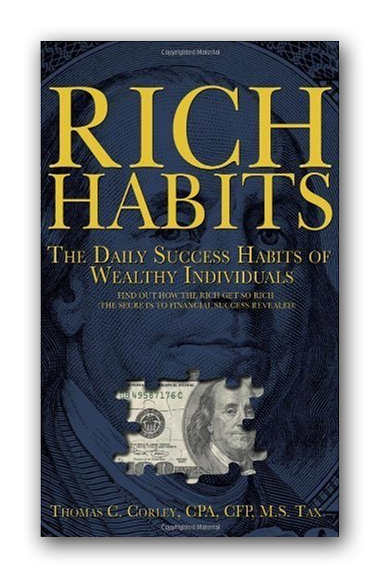
Grit is just another word for persistence. Persistence, above all else, is the main secret of all success. Never quitting on a dream is the definition of persistence.
But being persistent requires that you grind it out. You must do certain things every day that move you closer to realizing your dreams and your goals. This is where habits come in. Good habits automate the success process. Because they’re automatic, unconscious behaviors and thinking, they take the grind out of the pursuit of success. They make you automatically persistent, without the need to rely on willpower. Automating success by adopting good success habits means you don’t have to grind it out, willing your way forward every day. Habits made success easier because they enable you to grind it out without really feeling like you are. Good habits take the grind out of grit.








